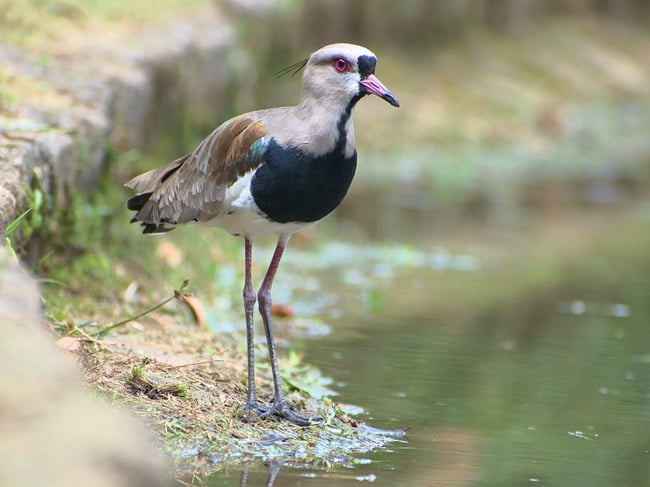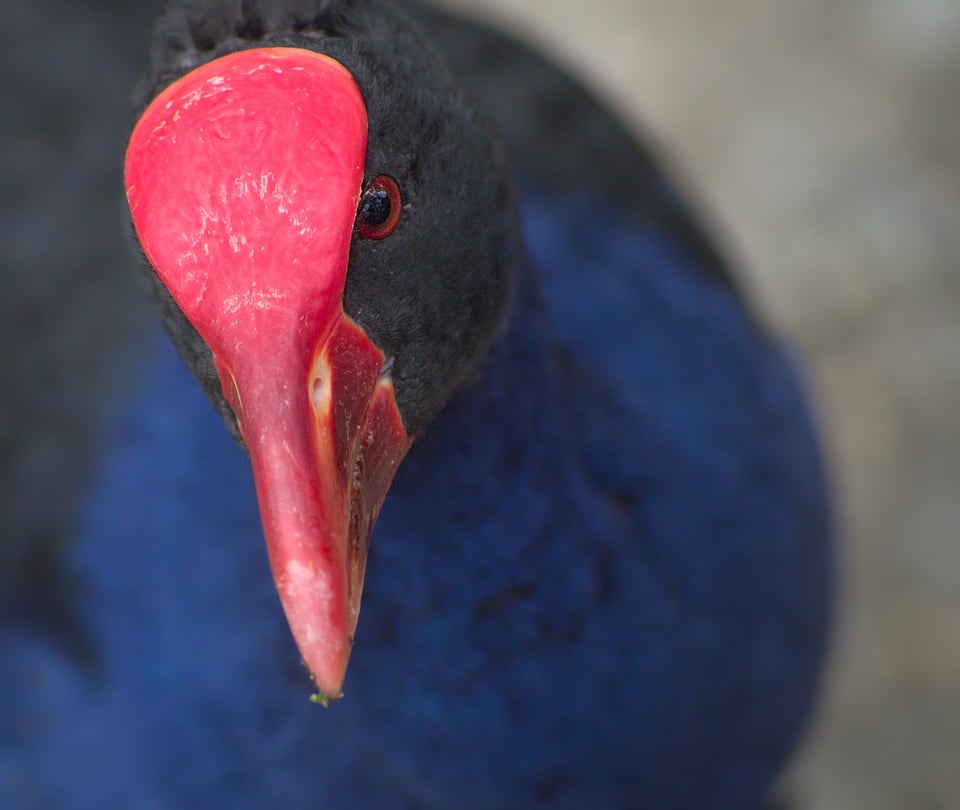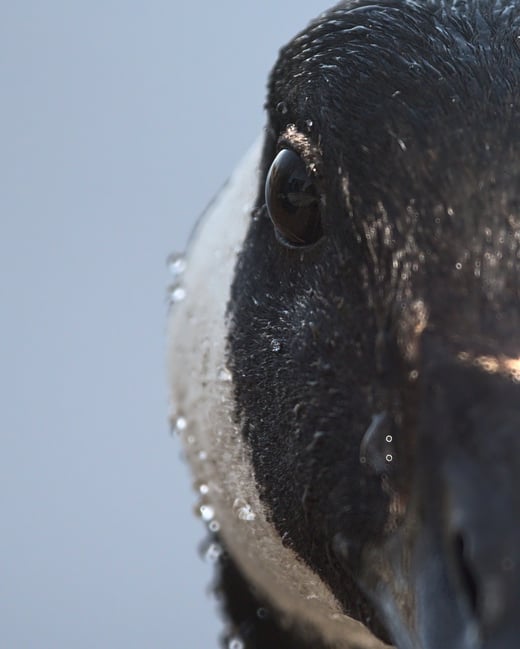ليس هناك شك في أن أفضل معدات تصوير الطيور باهظة الثمن بشكل صادم. على سبيل المثال، يصل سعر أحدث جيل من عدسة f/4 مقاس 600 مم إلى حوالي 13000 دولار أمريكي سواء نظرت إلى Nikon أو Canon أو Sony – وهذا بدون كاميرا. الإعدادات الأكثر تواضعًا ليست رخيصة أيضًا ولا تزال على مستوى السيارات المستعملة.وبطبيعة الحال، فإن هذه المعدات المتطورة تدوم لفترة طويلة، وبالتالي مع مرور الوقت يمكن أن تصبح التكلفة أقل. ومع ذلك، فإن التكلفة الأولية باهظة بالنسبة للعديد من رماة الطيور والحياة البرية. إذًا، هل يمكنك تصوير الطيور باستخدام عدسات رخيصة الثمن حقًا؟ في هذه التدوينة آمل أن أقنعك بأن الإجابة هي نعم، وذلك باستخدام مجموعة متنوعة من اللقطات مع العدسات التي تبدأ بسعر 50 دولارًا فقط!جدول المحتويات
لماذا التصوير بهذه العدسات الرخيصة؟ بعض الأمثلة على العدسات الرخيصة لتصوير الطيور
حدود العدسات الرخيصة لتصوير الطيو
رحدود البعد البؤري
حدود الحدة
حدود التركيز البؤري التلقائي
استخدم المزايا التي لديك
هل تحتاج إلى عدسات باهظة الثمن؟
الخاتمة
There is no doubt that the best gear for bird photography is shockingly expensive. For example, the latest generation 600mm f/4 comes in at about $13,000 US dollars whether you look at Nikon, Canon, or Sony – and that’s without a camera. More modest setups are not cheap either and are still on the level of used cars.
Of course, this high end equipment does last a long time, and so over time the cost can end up being lower. However, the up front cost is prohibitive for many bird and wildlife shooters. So, can you shoot birds with really cheap lenses? In this post I hope to convince you that the answer is yes, using a variety of shots with lenses that start at just $50!
Table of Contents
- Why Shoot with Such Cheap Lenses?
- Some Examples of Cheap Lenses for Bird Photography
- Limitations of Cheap Lenses for Bird Photography
- Use the Advantages You Have
- Do You Need Expensive Lenses?
- Conclusion
- لماذا التصوير بهذه العدسات الرخيصة؟أعتقد أنه يمكن لأي شخص الاستمتاع بتصوير الطيور. من خلال اتباع النهج الصحيح، يمكن حتى لأرخص العدسات أن تنتج نتائج قوية، مما يعني أن العدسات التقليدية أكثر من كافية لالتقاط صور جيدة.
تمجد ثقافة تصوير الطيور أيضًا المعدات باهظة الثمن. يتجمع الناس حول أحدث المعدات ويصوتون أو يعجبون بأي شيء يتم إنتاجه باستخدامه. حتى أنني سمعت بعض الأشخاص يقولون إنهم محبطون من تصوير الحياة البرية لأنهم لن يشتروا أحدث العدسات المتطورة. لذا، آمل أيضًا أن أشجع هؤلاء الأفراد على عدم الاستسلام.
يمكن أن تكون العدسات الرخيصة أيضًا طريقة جيدة لاختبار جودة تصوير الحياة البرية قبل أن تقرر الالتزام الكامل. حتى لو انتهى بك الأمر في نهاية المطاف إلى الحصول على قطعة كبيرة من الزجاج، فإن المزيد من العدسات الأساسية ستمنحك فكرة عما إذا كان تصوير الحياة البرية مناسبًا لك أم لا. الخطر الوحيد هو أن العدسات الرخيصة هي بمثابة بوابة للزجاج المتطور، لذا اعتبر نفسك محذرًا!
Why Shoot with Such Cheap Lenses?
I believe anyone can enjoy bird photography. With the right approach, even the cheapest lenses can produce solid results, which means that more typical lenses are more than enough to take good photos.
Bird photography culture also glorifies expensive gear. People gather around the latest gear and upvote or like anything produced with it. I have even heard some people say they are discouraged with wildlife photography because they aren’t going to buy the latest high-end lens. So, I also hope to encourage those individuals not to give up.
Cheap lenses can also be a good way to test the waters of wildlife photography before you decide to fully commit. Even if you eventually end up with a massive hunk of glass, more basic lenses will give you an idea of whether wildlife photography is right for you. The only danger is that cheap lenses are a bit of a gateway drug to the top-end glass, so consider yourself forewarned!
-
بعض الأمثلة على العدسات الرخيصة لتصوير الطيور
على الرغم من وجود عدد لا يحصى من العدسات الرخيصة التي يمكنك الحصول عليها لتصوير الطيور، فإليك أمثلة على هذه العدسات بأسعار مختلفة:
MountLens السعر الجديد السعر المقدر المستخدم Micro Four ThirdsOlympus ED 75-300mm f/4.8-6.7 II$450$280Canon RFCanon RF-S 55-210mm f/5-7.1 IS STM$350$250Nikon Z (DX)نيكون DX 50-250mm f/4.5-6.3 VR$380$250سوني ESony E 55-210 ملم f/4.5-6.3$300$160
هذه ليست سوى بعض الأمثلة. مع العدسات الرخيصة أو المستعملة، من المستحيل أن تكون شاملاً. على سبيل المثال، في الأوقات التي أحتاج فيها إلى التحفظ أو حمل شيء صغير الحجم، أحمل معي عدسة Nikon مقاس 70-300 مم f/4.5-6.3G DX AF-P. إنه يركز بسرعة كبيرة على كاميرا Nikon D500 أو كاميرا Nikon Z6 في وضع DX ويكلف 200 دولار فقط.
NIKON Z6 + Nikon 70-300mm DX f/4.5-6.3G AF-P @ 240mm، ISO 280، 10/4000، f/7.1
إذا لم يكن التركيز البؤري التلقائي من أولوياتك، فيمكن لعدسات التركيز اليدوي القديمة أيضًا الحصول على نتائج رائعة، خاصة إذا كان لديك الكثير من الضوء وتوقفت قليلاً.
Some Examples of Cheap Lenses for Bird Photography
Although there are endless cheap lenses you could get for bird photography, here are examples of such lenses at various price points:
Micro Four Thirds Olympus ED 75-300mm f/4.8-6.7 II $450 $280 Canon RF Canon RF-S 55-210mm f/5-7.1 IS STM $350 $250 Nikon Z (DX) Nikon DX 50-250mm f/4.5-6.3 VR $380 $250 Sony E Sony E 55-210mm f/4.5-6.3 $300 $160 These are just some examples. With cheap or used lenses, it’s impossible to be comprehensive. For example, for times when I need to be discreet or carry something really compact, I carry around my Nikon 70-300mm f/4.5-6.3G DX AF-P. It focuses very fast on my Nikon D500 or my Nikon Z6 in DX mode and cost just $200.
 NIKON Z6 + Nikon 70-300mm DX f/4.5-6.3G AF-P @ 240mm, ISO 280, 10/4000, f/7.1
NIKON Z6 + Nikon 70-300mm DX f/4.5-6.3G AF-P @ 240mm, ISO 280, 10/4000, f/7.1
If autofocus is not a priority for you, then older manual-focus lenses can also get great results, especially if you have plenty of light and stop down a little.حدود العدسات الرخيصة لتصوير الطيور
حدود البعد البؤري
عندما بدأت التصوير الفوتوغرافي، كنت طالبًا في الدراسات العليا وكانت ميزانيتي النموذجية للعدسة حوالي 80 دولارًا. لذا، ما الذي يمكن أن يكون أفضل من Pentax-A 70-210 f/4 اليدوي بالكامل؟ والأفضل من ذلك هو أنني وجدت هذه العدسة مستخدمة في متجر الكاميرات المحلي الخاص بي، وربما كانت تستحق أن يتم تصنيفها على أنها “صفقة” بالنظر إلى مقدار الطلاء المفقود. لقد اعتبرتها صفقة جيدة مقابل 50 دولارًا.
تصوير الطيور بميزانية محدودة بعدسة 50 دولارًا – Swamphen الأسترالية
تقودني هذه العدسة إلى حدودي الأولى: البعد البؤري. إذا قررت الحصول على عدسة أقصر مثل Canon EF 75-300 f/4-5.6 III أو Nikon Z 50-250mm f/4.5-6.3 لكاميرات Z DX، فسيتعين عليك التعامل مع طول بؤري أقصر.
من المؤكد أن تصوير الحياة البرية ممكن بدون عدسة مقربة فائقة (كما تناولنا ذلك بالتفصيل هنا)، ولكن قد تحتاج إلى التعامل مع الأمر بشكل مختلف قليلاً. بالنسبة للحياة البرية، قد يعني هذا إطلاق النار على الحيوانات الأليفة في المتنزهات أو الحيوانات الكبيرة. قد يعني ذلك أيضًا أن تكون أكثر صبرًا وتنتظر في مكان ما حتى تصل إليك الحياة البرية. حتى في المناطق البرية، كثيرًا ما أتفاجأ بمدى اقتراب الطيور مني إذا بقيت ساكنًا لمدة ساعة أو ساعتين. ما زلت أستخدم هذه التقنية حتى اليوم حتى مع وجود معدات أكثر قدرة.
توصيتي الأخرى للالتفاف حول حدود البعد البؤري هي تكوين لقطات بيئية. في عالم الطيور، تهيمن الصور التفصيلية، لذا فإن اللقطة البيئية جيدة التركيب ستكون شيئًا مختلفًا بعض الشيء وجميلة تمامًا.
تحذيري الوحيد هنا هو أن تحترم الحيوانات، ولا تقترب من حيوان حتى تسبب له الأذى.
Limitations of Cheap Lenses for Bird Photography
The Focal Length Limitation
When I started out with photography, I was a graduate student and my typical lens budget was about $80. So, what could be better than the fully manual Pentax-A 70-210 f/4? What was even better is that I found this lens used in my local camera shop, and it probably deserved to be rated “Bargain” considering how much paint was missing. I considered it a good deal for $50.
 Budget bird photography with a $50 lens – Australian Swamphen
Budget bird photography with a $50 lens – Australian Swamphen
This lens brings me to my first limitation: focal length. If you decide to get a shorter lens like the Canon EF 75-300 f/4-5.6 III or the Nikon Z 50-250mm f/4.5-6.3 for Z DX cameras, you’ll have to contend with a shorter focal length.Wildlife photography is certainly possible without a supertelephoto lens (as we’ve covered in detail here), but you may need to approach it a bit differently. With wildlife, this could mean shooting tamer animals in parks or larger animals. It could also mean being a bit more patient and waiting in a spot until the wildlife comes to you. Even in wild areas, I am frequently surprised at how close birds will come to me if I stay still for an hour or two. I still use this technique today even with more capable gear.
My other recommendation for getting around the focal length limitation is to compose environmental shots. In the bird world, detailed portraits dominate, so a well-composed environmental shot will be something a little different and just as pretty.
My only warning here is be respectful of animals, and don’t get so close to an animal so that you cause it distress.







